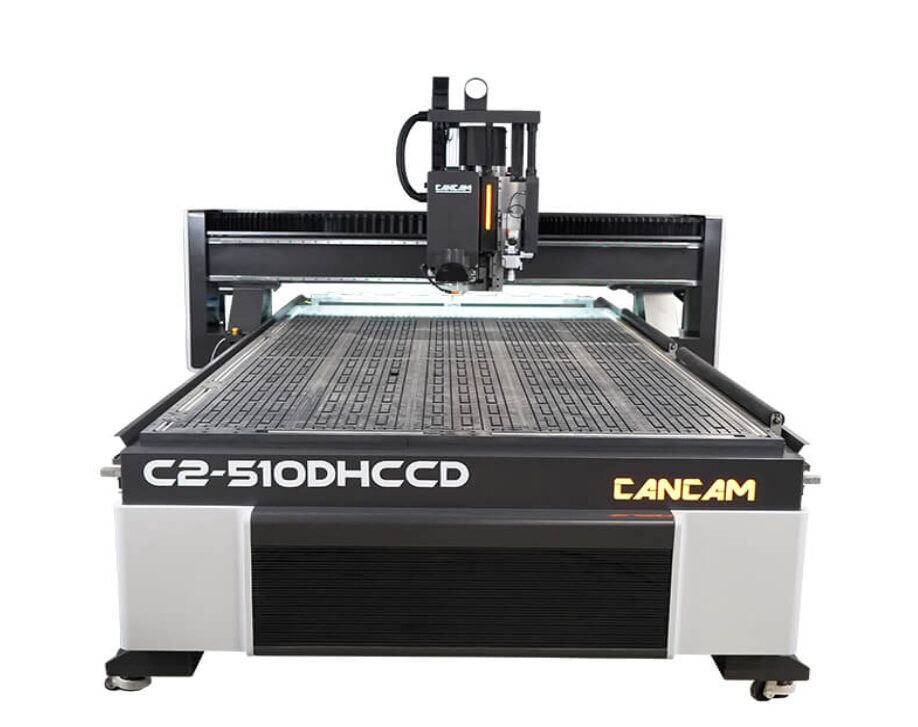Whether producing one-of-a-kind furniture pieces or handling large-scale cabinetry projects, woodworkers are under growing pressure to deliver flawless results in less time. This shift in expectations has led more professionals and hobbyists alike to explore advanced tools and technologies. Among these, CNC (Computer Numerical Control) machines have emerged as a practical and reliable solution.
The appeal of CNC machines lies in their ability to automate detailed tasks that traditionally require hours of manual labour and years of skill development. A wood CNC machine allows users to input digital designs and execute precise cuts, carvings, and patterns with minimal human error. For many woodworkers, it’s not just about staying competitive — it’s about staying in business. The level of accuracy and consistency that CNC machines provide can be difficult, if not impossible, to achieve with hand tools or even standard power tools.
Contribution to Efficiency
A project that might take several hours to measure, mark, and cut manually can often be completed in a fraction of the time using a CNC machine. Once a design is programmed, it can be repeated exactly, whether the job calls for two pieces or two hundred. This repeatability makes it an ideal tool for businesses offering custom furniture, cabinetry, or decorative architectural elements where quality and uniformity matter.
Expanded Creativity
Complex designs that were once limited by hand tool capabilities can now be executed with digital precision. Intricate inlays, curves, and 3D carvings can be crafted with accuracy down to the millimetre. This opens up new opportunities for woodworkers to take on more ambitious projects and expand their services without having to drastically increase labour or overhead costs.
Increasing Accessibility
Ease of use is also improving as CNC technology becomes more accessible. Many modern machines are designed with intuitive software that integrates easily with design programs such as AutoCAD, SketchUp, or Fusion 360. Even those with limited computer experience can learn the basics of CNC operation and begin producing high-quality results in a relatively short time. Online resources, forums, and training videos have further lowered the barrier to entry.
Enticing ROI
The investment in a CNC machine can be significant, but many woodworkers report a strong return over time. Reduced material waste, lower labour costs, and the ability to take on a wider range of projects can quickly justify the upfront expense. For those running small or mid-sized woodworking operations, the machine often pays for itself through increased productivity and customer satisfaction.
Worker Protection
Moreover, CNC machines contribute to a safer workshop environment. Manual cutting and carving can present risks, especially when handling complex or repetitive tasks. With CNC technology, much of the hands-on labour is automated, reducing the likelihood of accidents related to fatigue or inattention. While safe operation still requires proper training and setup, the overall exposure to risk is significantly lowered.
In a trade rooted in craftsmanship and tradition, it might seem counterintuitive to turn to computers for help. But many woodworkers are finding that CNC machines don’t replace craftsmanship; they enhance it. By automating the most repetitive or technically demanding parts of a project, woodworkers can focus more on design, material selection, and finishing, areas where human judgment and creativity still lead the way.



































